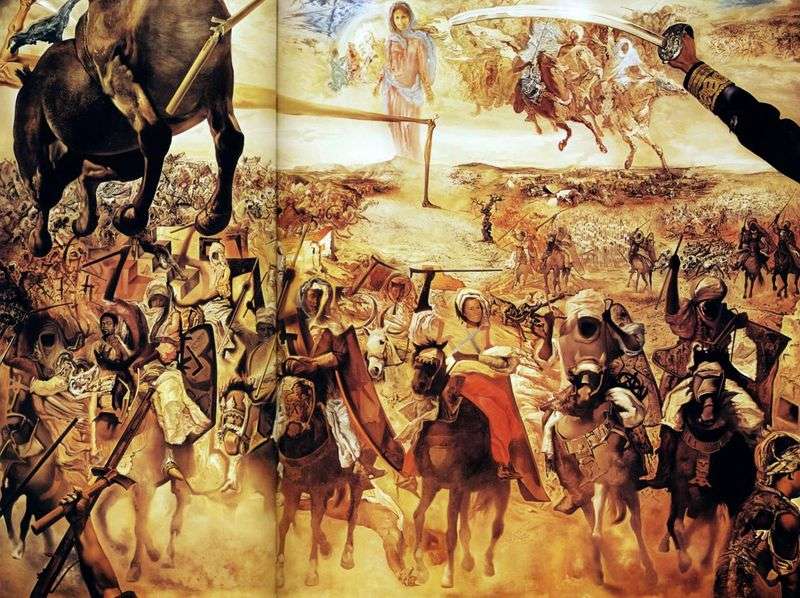
Painting Salvador Dali “Battle of Tetuan” – ironic allusion to the same painting by the artist Mariano Fortuni. The plot of both paintings dates back to the historic event that occurred in 1860, the conquest of the Moroccan city of Tetuan by the Spaniards.
Dali’s work is not very similar to the original source. It is different and the proportions of the canvas, and the presence of large plans, which are not on the canvas Fortuny. And, of course, the picture is full of the artists’ favorite motifs and auto-quote. Behind the hills, at the horizon line, stands the colossal figure of Gal. The woman with a slight smile looks at the unfolding action before her and as if blessing the participants in the battle. Because of her back, straight from heaven, cavalry lava flows on the battlefield.
At the center of the composition, the artist placed a leg that had withered to the bone, a support resembling his legs rather like a grasshopper’s foot than a human limb. Not far from her feet, her dry tree branches upwards. The leg goes on almost to infinity, ending at the left edge of the canvas with a hand of equally strange proportions that squeeze the blade. The picture is a heap of mounted figures clutching weapons rushing forward. In two figures in the foreground you can find out Dali and Gala.
Using his favorite paranoid-critical method, the artist entered the outlines of figures into the contours of figures. They are scattered all over the canvas, appearing in the bent hands of the warriors clutching weapons, in the elements of the landscape, in the shadows. An attentive spectator can find on the canvas numerous sevens and ones. On the first and the middle plans there are two, five, and eight. Gala’s clothes are decorated with the “X” sign. During that period of his work Dali was fond of numerology and magic numbers. There are detailed studies that treat each figure in the picture, investing in them several layers of meaning. So, Dali himself correlated the seven with the “Velasquez number”, and also with the age of his deceased brother as a child. A twin is a double.
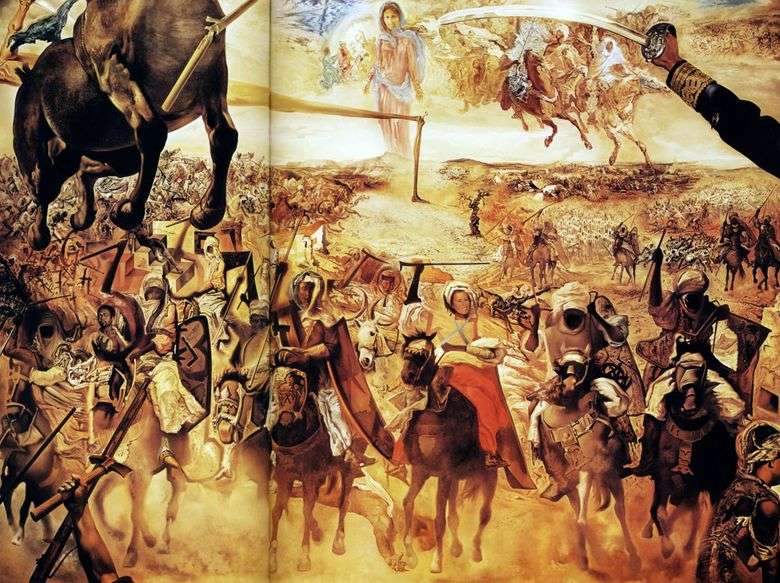 Batalla de Tetuán – Salvador Dalí
Batalla de Tetuán – Salvador Dalí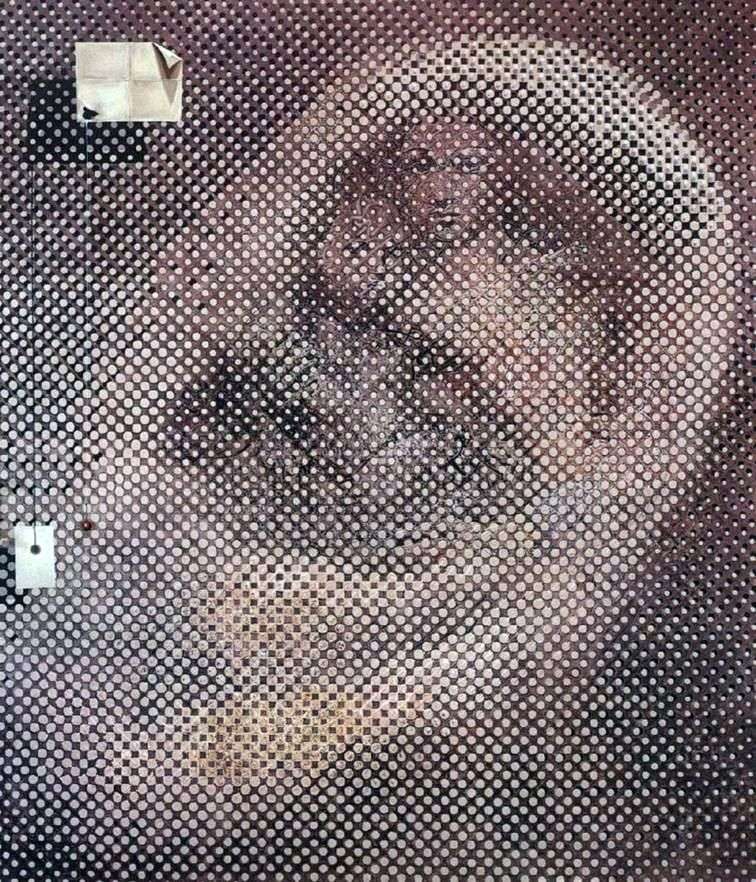 Sistine Madonna by Salvador Dali
Sistine Madonna by Salvador Dali Giraffe in the fire by Salvador Dali
Giraffe in the fire by Salvador Dali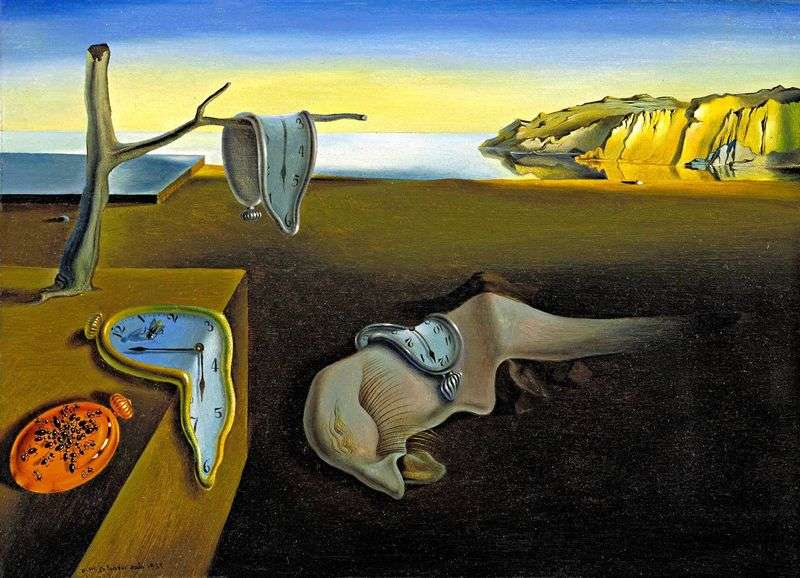 Consistency of memory by Salvador Dali
Consistency of memory by Salvador Dali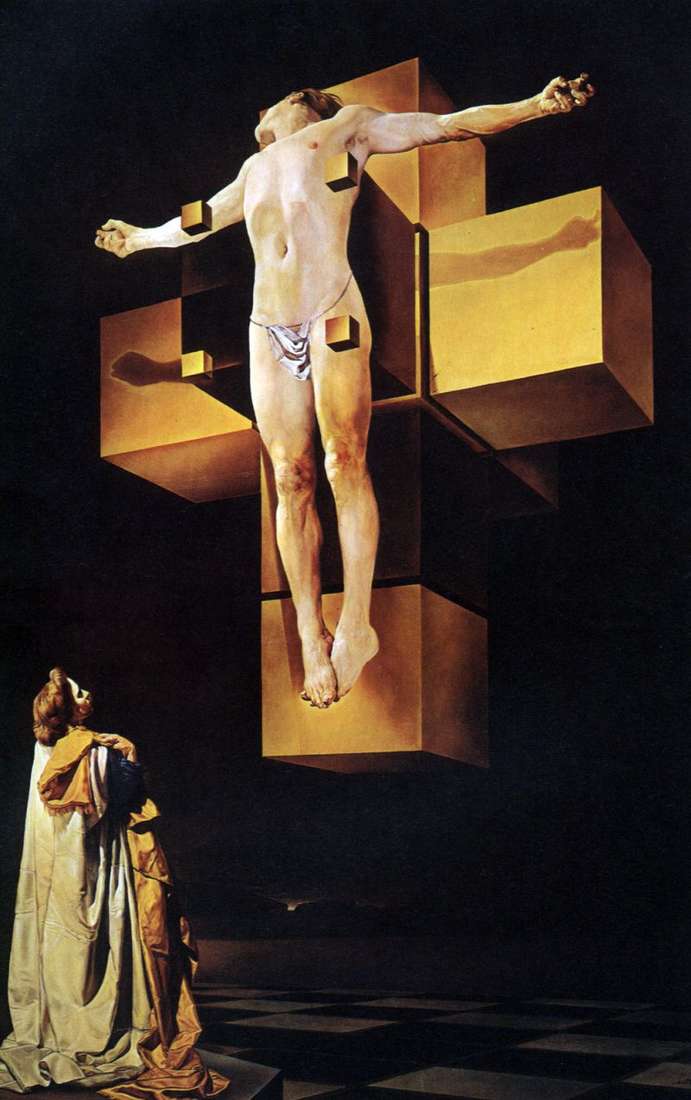 The Crucifixion by Salvador Dali
The Crucifixion by Salvador Dali Galarina by Salvador Dali
Galarina by Salvador Dali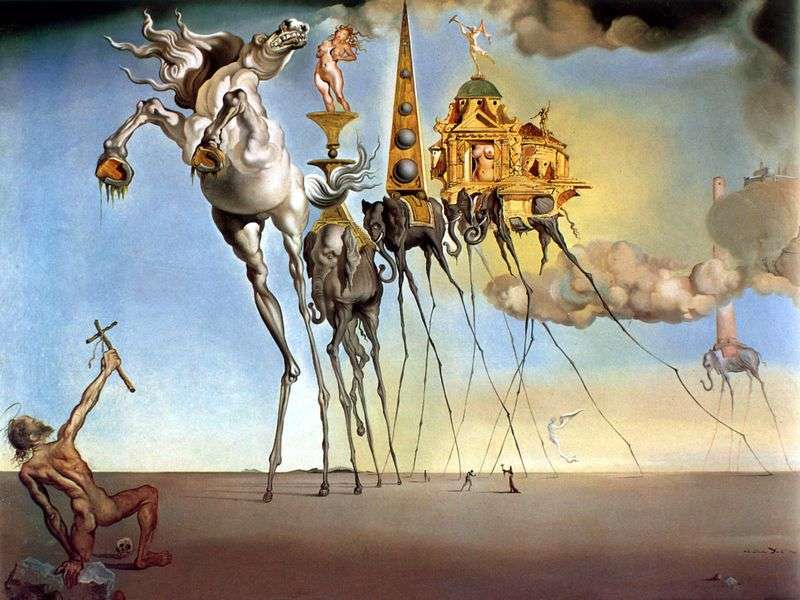 The Temptation of Saint Anthony by Salvador Dali
The Temptation of Saint Anthony by Salvador Dali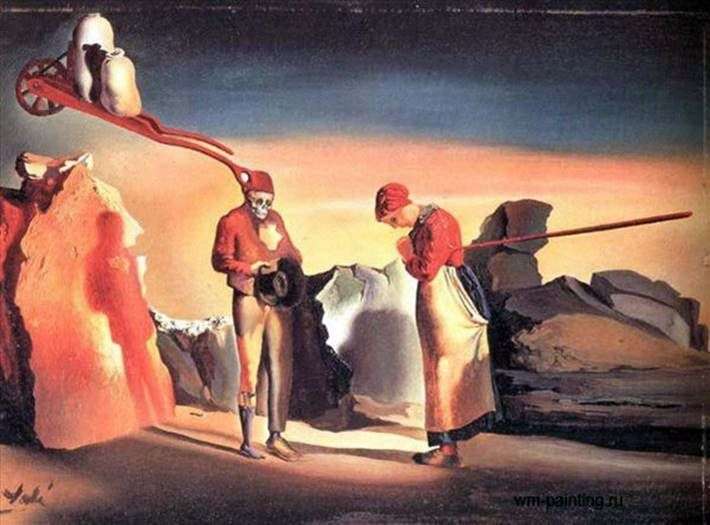 Atavism of Twilight by Salvador Dali
Atavism of Twilight by Salvador Dali